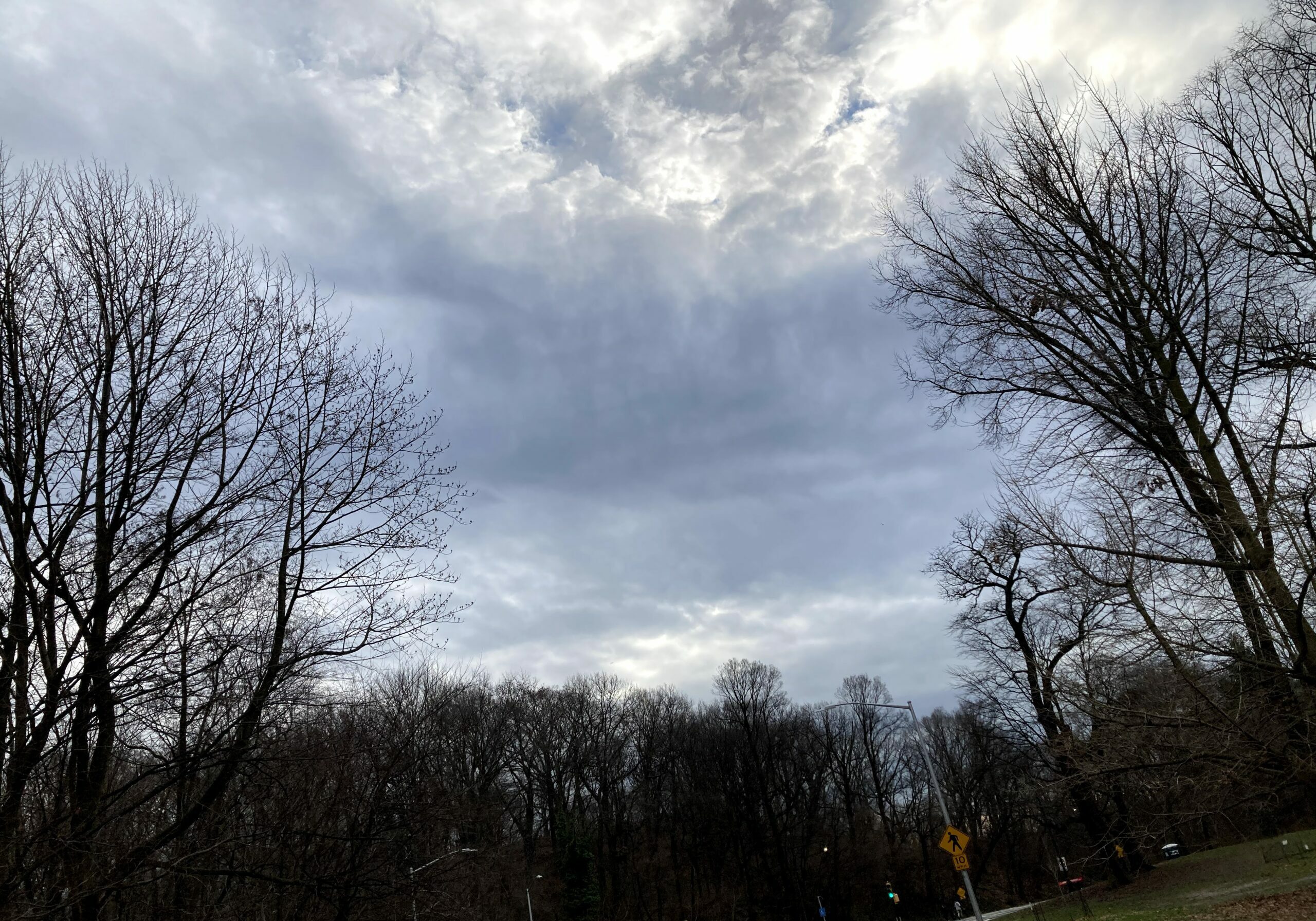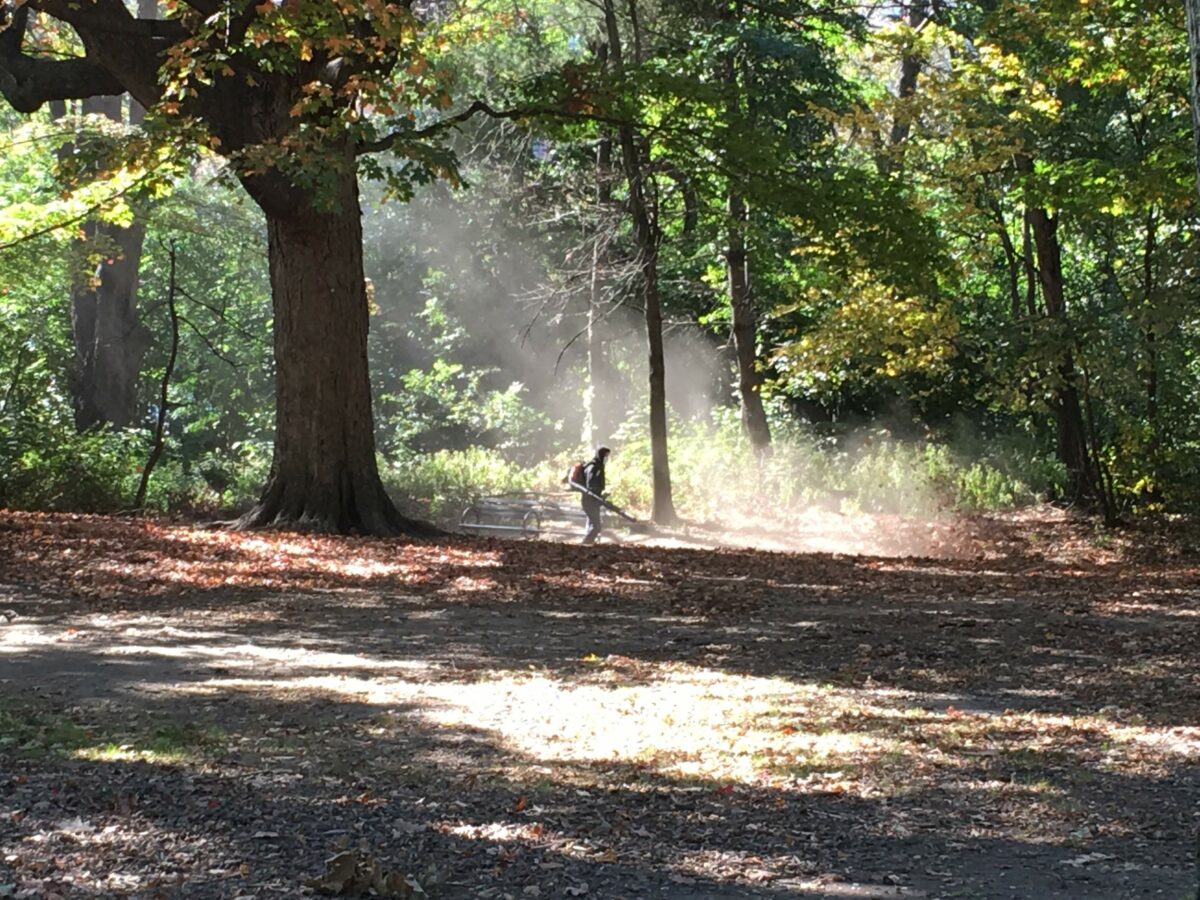February 7, 2022
Tough it out, shake it off and be a team player

Playing hurt is a term for participating in competitive sport or training sessions despite being injured or in pain.
It’s highly controversial, fairly risk and very common. Hundreds of sports psychology studies have been conducted on a variety of issues like managing pain while performing, the normalization of sports injuries, the relationship between pain tolerance and athletic identity, and the cultural evolution of toxic language like shake it off and tough it out and be a team player.
Quite the nuanced subject. And it’s almost certainly more psychological than it is physical. In fact, most coaches remark how common it is for athletes to resist resting when they’re hurt.
One trainer who works with elite players recently remarked how most professional athletes are used to being these mythological figures, and so, when they get injured, it feels like their body is letting them down, and there’s a social stigma attached to that.
It makes sense. Let’s not forget about the fact that these men and women are paid tens of millions of dollars a year to perform their sport of choice.
Can you even imagine the kind of pressure that comes with that job? No thank you.
And yet, if we’re really honest with ourselves about our humanity, most of us will admit that playing hurt tends to be a risky move. It can generate health compromises and lead to long term consequences that preclude us from doing the very thing we love so much.
Better err on the side of safety.
What’s interesting about this concept is, when it comes to the creative world, it’s the opposite.
Playing when you’re hurt is absolutely essential for long term success as an artist.
Now, obviously it’s not smart to dance when you have a broken leg, and it’s impossible to sing when you’ve got laryngitis. There’s a certain degree of physical pain that must be respected so you can get the proper rest and rehabilitation you need.
My left wrist tendentious is a repetitive stress injury that requires regular care in order for me to continue writing songs and playing guitar. If it starts to hurt each time I strum a bar chord, the show must not go on.
This injury makes me feel frail and angry, but I still have to listen to my body.
But back to the idea of playing while hurt. When it comes to emotional pain, you still have to show up. When your heart is heavy, your mind is racing and your soul is aching, that’s exactly when you should be doing your best and bloodiest creative work.
And not that you can’t make art when you’re happy. The mythology of the tortured creator, while romantic and pervasive, is not a healthy approach to artistic expression. Many of our finest pieces of art in this world came from people who felt profound joy.
The goal here is using inner unrest in the service of our creative dreams. Within the discipline of personal creativity management, there’s a useful approach called tension.
Tools like visionearing, frustration monetization, one starring, negative inspiration, tapping, mistakeoff and disgust of wind can help you convert inner turmoil into outer expression.
Next time you’re think about not playing because you’re hurt, consider using one of those tools. Instead of shaking it off and toughing it out, see if you can use that pain to generate a new work of art that makes you proud, makes you money and makes other people feel something.
How are you using the power of positive tension to become prolific?

